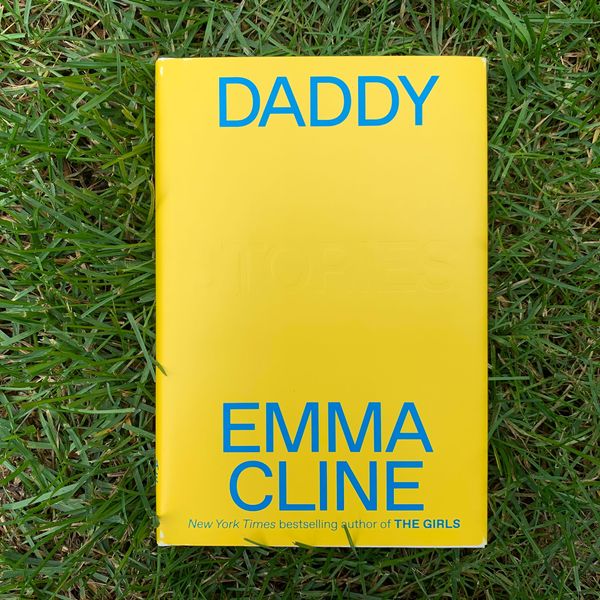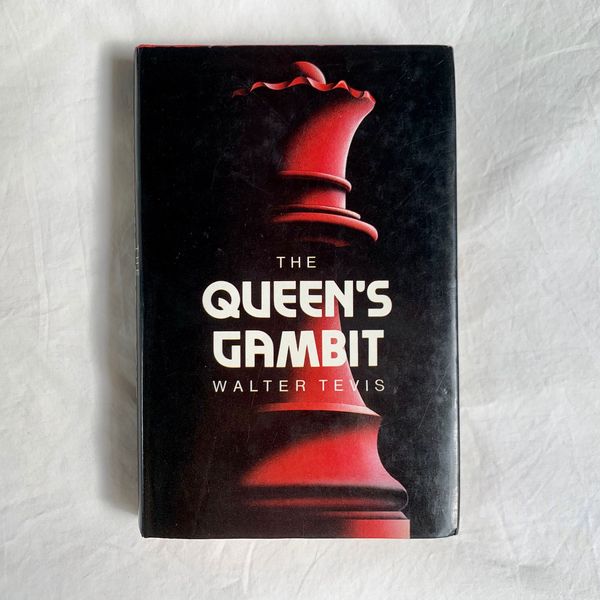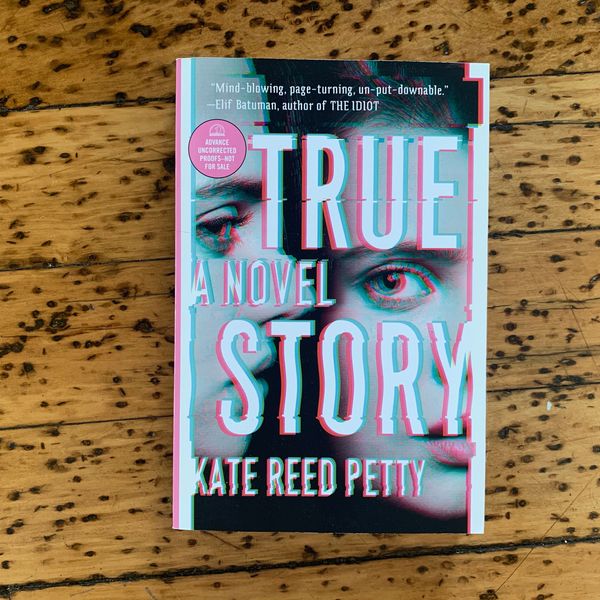
A friend of mine recently introduced me to a concept called Tiers of Fun. The context was this: I was telling her about a period in my life in which I had a stressful job and got in the habit of carrying plastic bags in my purse in case I needed to barf on the subway from anxiety. (Everything is fine now.) By the time I told her about the barf bags, years had passed, and I’d refurbished it into a humorous anecdote. “That’s classic Tier 3 Fun,” she said. And then she explained the tiers.
Tier 1 Fun is when you experience something, and it is fun. (Simple.) Tier 2 Fun is when you undergo an experience that is not entirely fun at the time — like backpacking, maybe — but, when you look back on it later, you perceive it as having been fun. Tier 3 Fun is when something is not fun to experience, nor fun in retrospect, but it IS fun to tell your friends about. Tier 4 Fun, the final tier, is when an experience is not fun for you in any dimension, but it’s fun for your friends to tell their friends about.
The Tiers of Fun interpretative method is basically an elaboration on the Nora Ephron epithet “Everything is copy.” I’ve found it to be a solid system for locating purpose in the untrammeled chaos of life. No matter what happens to you, somebody at some point could potentially find it entertaining! Now that’s a telos I can get behind.
Daddy by Emma Cline
Fiction, September 3
Have you ever had a Warhead candy? Along with SweeTARTS and Sour Patch Kids Extreme, Warheads are part of the eternally popular “sour candy” category — they may even be the sultan of the category. They are malic-acid-drenched lozenges that come in a package illustrated with an image of a boy with an exploding head, which is an accurate depiction of the Warhead-eating experience. Sucking on a Warhead was my first lesson in a specific form of pleasure, which is the pleasure of witnessing one’s own excruciation. Related activities include watching black comedies, practicing endurance sports, or reading this new book of short stories by Emma Cline.
Each of the ten installments provoked a response reminiscent of eating a Warhead: giggling, grimacing, contracting different parts of my body. These are stories that focus on small acts of interpersonal sorcery, unkindness, and petty revenge in mostly sun-soaked (or, in some cases, fog-bound) California settings. Cline has a Philip Roth–like ability to write compelling passages about specific lines of work — here, selling clothes at American Apparel, editing the memoirs of a rich man, growing almonds. I would gladly read an entire book by her containing nothing more than descriptions of people toiling at assorted jobs. The ability to turn seemingly boring material into scintillating narrative is something precious few people possess: some writers, some filmmakers, some teachers. I believe this is a technically perfect book.
RIYL: Shirley Hazzard’s Transit of Venus, Mary Gaitskill, disgrace as a general topic, this book-length study of humiliation, Hal Ashby movies, Tier 3 Fun
The Queen’s Gambit by Walter Tevis
Fiction, 1983
A child named Beth is orphaned and shipped off to an institution where she is force-fed tranquilizers and learns chess from the orphanage’s janitor. She turns out to have a knack for it, and by “knack” I mean she is a prodigy capable of playing the kind of 12-dimensional chess that we used to hear so much about on the news. By any means necessary — begging, borrowing, stealing, lying — Beth assembles the tools required for her self-instruction in the game and, after embarking on the tournament circuit, rises up the ranks, ultimately finding herself in a face-off with a grand master in Moscow.
If you don’t play chess (or even know the names of the pieces!), the chess-related writing is both detailed and suspenseful — it’s almost worth reading just to see how that is possible. The depiction of a neurodivergent kid is unusual in its clarity and empathy, and the prose has a kind of expert pulpy propulsion that makes sense once you learn that the author also wrote the novels that were adapted into The Hustler (featuring Paul Newman, arguably at his hottest) and The Man Who Fell to Earth (featuring David Bowie, arguably at his Bowie-est). Not surprisingly, Netflix is turning it into a TV show out this month.
I should note that this book contains a couple sections that can only be described as “icky.” This isn’t a trigger warning, just an asterisk. The author occasionally burps out a kind of casual racism that was probably considered “no biggie” for some readers at the time and which now sets off car-screeching-to-a-halt sounds. A novel can be a historical document as much as any diary or newspaper, and this one reveals the attitudes of a guy born in 1928.
RIYL: Stephen King, John le Carré, the perilous allure of benzodiazepines, The Westing Game by Ellen Raskin, Tier 2 fun
True Story by Kate Reed Petty
Fiction, August 4
This novel fits into a mini-phenomenon I think of as “the Gone Girl-ing of literary fiction,” which includes Taffy Brodesser-Akner’s Fleishman is in Trouble, Lisa Halliday’s Asymmetry, and Susan Choi’s Trust Exercise — all novels that contain a startling third-act twist based on a perspectival shift. Basically, the trend of borrowing a signature move from “genre” fiction (crime, mystery) for deployment in “literary” fiction (the scare quotes are because these are all marketing categories! I don’t make the rules!).
True Story is a delectable addition to the trendlet. It’s about a ghostwriter named Alice who undergoes a ghastly experience as a teenager — think #MeToo — in a wealthy Baltimore suburb in the late 1990s. Alcohol and lacrosse players are involved. The actual facts of the event remain mysterious until Alice pieces them together, detective-style, as an adult; the reader pieces things together alongside her until, with a flourish, all is revealed, and it is time to go back and start the book over to puzzle out how the author did it. (With great skill and intelligence, it turns out.) Your enjoyment of any book in this realm will hinge on your willingness to be cleverly duped; personally, I love a sense of earned bamboozlement.
RIYL: David Mamet’s The Spanish Prisoner, David Fincher’s The Game, Michael Caine’s monologue at the end of The Prestige
WHY DON’T YOU …
Cherish the sensation of your head swelling in admiration and floating straight off your body like a BALLOON with this nonfiction classic?
Track down the (kinda-hard-to-find) 1987 film Wish You Were Here if you are antsy for a new Sally Rooney book — and then explain to me why it’s not a ubiquitous classic instead of a DROPLET in the ocean of film history?
Scratch your itch for reading material that’s like Philip K. Dick minus AMPHETAMINES plus AFROFUTURISM?
Explore the internet’s most exciting food-safety website? (Not an OXYMORON!)
Attempt to separate fact from fiction for the first ten pages and then surrender to the enchantment of this HYBRID BEAST?
Pop into Zadie Smith’s INTERNAL MONOLOGUE for a sec?
SUGGESTED PAIRING
Trick AND treat yourself this Halloween with Shirley Jackson’s finest work.
Every editorial product is independently selected. If you buy something through our links, New York may earn an affiliate commission.
More From This Series
- Matrix and 9 Other Reads I Can’t Get Out of My Head
- The Listening House and 9 Other Reads I Can’t Get Out of My Head
- The Plot and 8 Other Reads I Can’t Get Out of My Head





